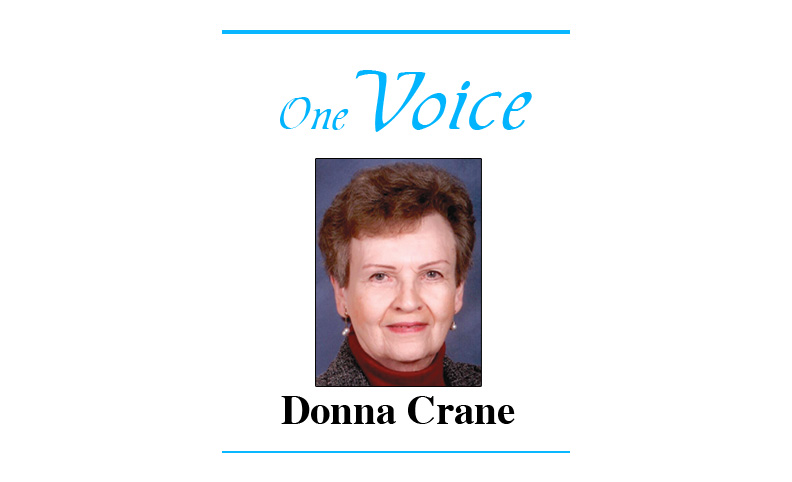
Reprinted from November 12, 2020
Second of three parts
Native Americans’ right to vote has been systematically violated for generations.
In the new book, Voting in Indian Country, The View from the Trenches, Jean Reith Schroedel weaves together historical and contemporary voting rights’ conflicts on the eve of the November 3 elections. She is professor emerita of political science at Claremont Graduate University, in Claremont, Calif..
“When voter suppression is discussed by politicians, advocates, and journalists, it’s mostly about African American voters, and to a lesser degree Latinos. Why are Native Americans still excluded from the conversation?
“Firstly, they are a small population and secondly most of the most egregious abuses routinely occur in rural, isolated, parts of Indian Country where there is little media focus. But it’s happening. Take Jackson County in South Dakota, a state where the governor has done little to protect people from COVID-19. The county council has just decided to close the legally-mandated early voting centre on the Pine Ridge Reservation, citing concerns about COVID-19, but not in the voting site in Kadoka, where the white people go. Regardless of the intention, this will absolutely have a detrimental effect on Native People’s ability to vote. And South Dakota, similar to many other states, is a very hard place for Native People to vote by mail. In the primary, the number of individuals who registered to vote by mail increased by 1,000% overall, but there was no increase among reservation communities. In Oglala Lakota County, which includes the eastern part of Pine Ridge, turnout was about 10%.
“The right to vote by mail is a hot political and civil rights issue in the 2020 election. Could it help increase turnout in Indian Country?
“No, voting by mail is very challenging for Native Americans for multiple reasons. First and foremost, most Reservations do not have home mail delivery. Instead, residents need to travel to post offices or postal-provided sites, little places that offer minimal mail services and are in places such as gas stations and mini-marts. Take the Navajo Nation that encompasses 27,425 square miles. It’s larger than West Virginia, yet there are only 40 places where residents can send and receive mail. In West Virginia, there are 725. Not a single post office box on the Navajo Nation has 24-hour access.”
“Preliminary data from my new research shows that all the mail sent from post offices off-reservation arrived at the election office within one to three days, whereas approximately half sent from the reservation took three to 10 days. Rural whites are doing a whole lot better than rural Native Americans. This past isn’t the only challenge: South Dakota requires mail ballots to be notarized, but there are no notaries on reservations. And the level of trust in voting is generally low among Native Americans, but drops dramatically when asked about voting by mail.
Continued next week

